Traditional soil building has long been recognized as a cornerstone of sustainable construction practices, offering both strength and environmental benefits. For centuries, builders have harnessed the power of soil to create durable structures, yet its principles remain relevant in today’s quest for eco-friendly solutions. Whether you’re working on a small-scale project or aiming for large-scale infrastructure, mastering the art of traditional soil building can transform your approach to material selection and construction methods. In this comprehensive guide, we’ll explore the fundamentals of soil classification, the step-by-step process of soil preparation, and the optimal conditions for achieving structural integrity. From understanding which soils are best suited for construction to learning how to overcome challenges like poor soil quality, this guide provides actionable insights for anyone looking to excel in traditional soil building. By examining case studies and leveraging advanced techniques, we’ll demystify the process and empower you to create stable, long-lasting structures that stand the test of time. Let’s dive into the world of traditional soil building and uncover the secrets to crafting exceptional foundations and walls that prioritize both durability and sustainability.
Examples of Soil Building
Building healthy soil is essential for sustainable gardening and agriculture. Here are several effective methods to enhance soil health:
- Composting: One of the most effective ways to build soil is through composting. Mixing organic waste like kitchen scraps, yard waste, and animal manure into the soil promotes microbial activity and improves soil structure.
- Mulching: Applying organic mulch, such as wood chips, leaves, or straw, helps retain moisture, suppress weeds, and protect soil from temperature fluctuations. Over time, this enhances soil fertility and organic matter.
- Crop Rotation: Rotating crops helps maintain soil health by introducing different plant types that contribute to nutrient cycling. For example, legumes fix nitrogen in the soil, benefiting subsequent crops.
- Cover Cropping: Cover crops, like clover or rye, are planted to protect the soil during fallow periods. They prevent erosion, enrich the soil with organic matter, and provide nutrients for future plants.
- Green Manure: Green manures, such as comfrey or alfalfa, are planted to be cut down and incorporated into the soil. They act as a natural fertilizer, improving soil texture and nutrient content.
- Adding Lime or gypsum: Sometimes, soils may lack essential minerals. Applying lime or gypsum can help adjust pH levels and provide necessary nutrients for healthier plant growth.
- Integrate Agroforestry Practices: Planting trees or shrubs alongside crops can improve soil structure, reduce erosion, and increase biodiversity. Trees also provide nutrients through their roots and shade, which benefits soil health.
By implementing these practices, gardeners and farmers can work towards creating rich, fertile soils that support thriving plant growth and a sustainable environment.
Understanding the Four Steps of the Soil Building Process
The soil building process is a crucial aspect of sustainable agriculture and gardening. Below, we outline the four primary steps involved in this essential practice:
- Step 1: Addition of Organic Matter
- Organic matter, such as compost, manure, or leaves, is added to the soil to improve its fertility and structure. This step enhances soil health by introducing beneficial microorganisms and nutrients.
-
- Compost improves soil texture and water retention.
- Manure adds essential nutrients like nitrogen and phosphorus.
- Leaves decompose to create organic matter and enrich the soil.
-
Step 2: Losses and Decomposition
- Decomposition is a natural process where organic material breaks down into nutrients that plants can absorb. This step ensures that added matter becomes available for plant growth.
-
- Decomposition releases carbon dioxide, which is vital for plant respiration.
- Well-decomposed organic matter increases soil pH and fertility.
-
Step 3: Transformations and Cycling
- Soils undergo continuous transformations through processes like oxidation and reduction. These chemical changes prepare the soil for productive plant growth.
-
- Oxidation breaks down organic compounds into simpler forms.
- Reduction processes alter the chemical structure of the soil.
-
Step 4: Translocation of Minerals
- Minerals and nutrients move through the soil profile, becoming available to plants over time. This step ensures that the soil remains rich and productive for extended periods.
-
- Nutrients like calcium, magnesium, and potassium are translocated.
- Water and air movement facilitate mineral distribution.
By following these four steps, gardeners and farmers can create and maintain healthy, fertile soils that support thriving plants and ecosystems. Regular monitoring and maintenance are key to sustaining the soil building process over time.
Traditional Soil Classification
Traditional soil classification systems have evolved over centuries, providing various frameworks to categorize and describe different types of soils based on their physical and chemical properties. One of the most widely recognized systems is the Unified Soil Classification System (USCS), developed by the United States Department of Agriculture (USDA). However, traditional methods often include additional criteria and categories to better reflect regional differences and specific agricultural needs.
The USCS divides soils into three primary groups:
- Coarse-grained soils : These consist of particles that are predominantly 2mm or larger in diameter, such as sands and gravels. Examples include loamy sand and gravelly clay.
- Fine-grained soils : These have particles that are mostly 0.002mm to 0.02mm in size, such as silts and clays. Examples include silty clay and sandy silt.
- Highly organic soils : Known as “peats,” these soils have a high percentage of organic matter, typically greater than 40%. Peats are known for their ability to retain moisture and nutrients.
Traditional systems may also incorporate additional characteristics such as texture, structure, and color to further refine classifications. For example, the Agricultural Grouping System (AGS) classifies soils based on their behavior in agricultural practices, considering factors like tillage and drainage.
Understanding traditional soil classifications is crucial for farmers and gardeners, as it helps in selecting the appropriate crops and practices suited to specific soil types. At Old Seed , we advocate for sustainable gardening methods that respect the unique characteristics of different soil types, ensuring healthy growth and productivity.
Best Soil for Building Construction
The best soil for building construction is typically a well-balanced mix of sand, silt, and clay, often referred to as “loamy soil.” This composition provides the ideal foundation for structures due to its ability to remain stable and non-shrinking when in contact with water.
- Loam Soil: Known for its perfect balance of sand, silt, and clay, loam ensures a strong foundation. It resists shrinking, expanding, and shifting when moist, making it highly reliable for construction purposes.
- Sand: Sand improves drainage and provides essential structural support, though excessive sand can lead to instability. A moderate amount is ideal for balancing strength and permeability.
- Clay: Clay contributes to the soil’s structural integrity, but it must be combined with sand and silt to prevent issues like cracking and shrinking. Pure clay is less suitable for construction.
- Topsoil: Incorporating organic-rich topsoil enhances soil fertility and workability, though it may slightly reduce structural properties. This addition is beneficial for plant growth around constructions.
When selecting soil for construction, aim for a mix that minimizes the negative traits of individual components. A balanced ratio of sand, silt, and clay ensures stability, proper drainage, and long-term durability. Avoid using poorly graded or excessively sandy or clayey soils, as these can compromise the foundation’s integrity.
Types of Soil That Cannot Be Built Upon
When determining whether a piece of land is suitable for building, the soil type plays a crucial role. Some soils are simply not ideal for construction due to their physical properties. Here are the primary types of soil that cannot effectively support building structures:
- Clay Soil: Clay is one of the worst types of soil for building foundations. It is dense, poorly draining, and prone to expansion when wet. This leads to issues like poor drainage systems and potential foundation movement over time.
- Silt Soil: Similar to clay, silt is another challenging soil type. It is fine-textured and retains water, making it difficult for water to drain away properly. While it can sometimes be compacted and used as a base, it is generally not recommended for building foundations.
- Peat Moss: Peat moss is highly organic and has a high water-holding capacity. This makes it unsuitable for building purposes as it can lead to poor drainage and instability under structures.
On the other hand, soils like sand and loam are considered ideal for construction as they provide excellent drainage and structural support. Sand is particularly good for drainage, while loam offers a balance of organic matter and mineral components.
Understanding these differences is essential before starting any construction project to ensure the foundation is stable and long-lasting.
Choosing Between Sand and Clay for Building Foundations
When deciding between building on sand or clay, several factors come into play, including structural integrity, drainage, and long-term stability.
Advantages of Sand
- Drainage:** Sand allows water to drain quickly, reducing the risk of pooling water that could lead to foundation issues.
- Stability:** Compact sand can provide decent stability, though it may not be as strong as clay for heavy loads.
- Cost-effectiveness:** Sand is generally more affordable and easier to work with compared to clay.
Disadvantages of Sand
- Settling:** If not properly compacted, sand can settle unevenly, leading to potential shifts in the structure over time.
- Softness:** Sand may not be as durable against heavy weights or prolonged stress compared to clay.
Advantages of Clay
- Strength:** Clay is naturally stronger and more cohesive, making it ideal for supporting heavier structures and withstanding greater loads.
- Water Retention:** Clay retains water better, which can be beneficial for maintaining soil stability and preventing dryness.
- Durability:** When properly prepared, clay foundations are more resistant to cracking and settling.
Disadvantages of Clay
- Expansive Nature:** Clay can expand when wet, potentially causing foundation issues like heaving or cracking.
- Higher Cost:** Preparing clay for building can be more labor-intensive and may require additional materials and preparation steps.
Which Should You Choose?
For lightweight structures or projects in dry climates, sand may be the more practical choice due to its excellent drainage properties. However, for heavier buildings or those requiring greater stability, clay is often the better option. Consider your project’s specific needs, local building codes, and the availability of materials in your area before making your decision.

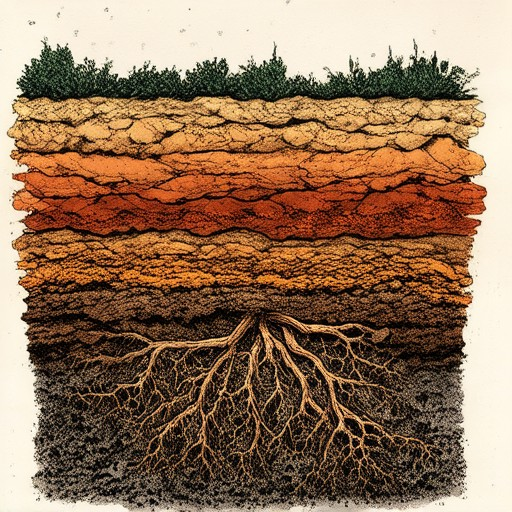
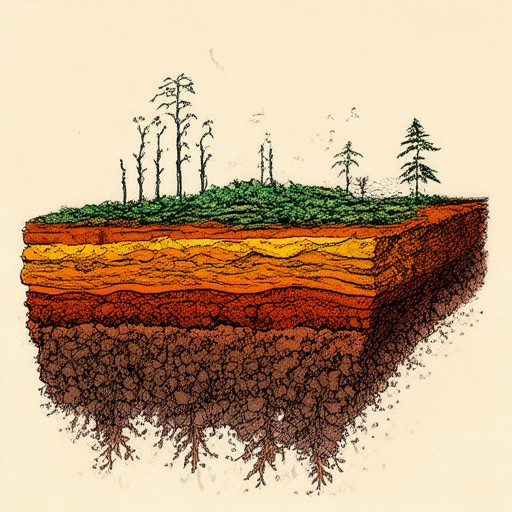
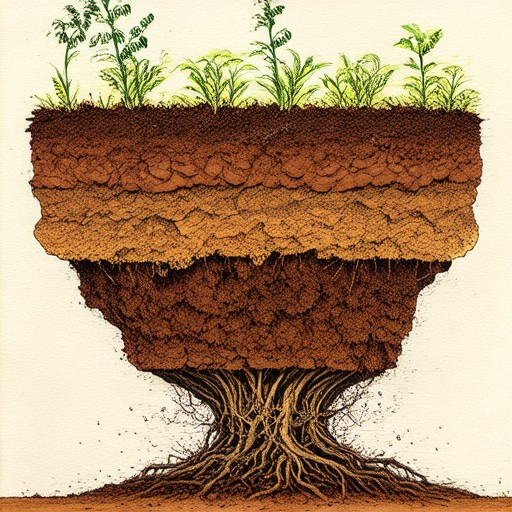
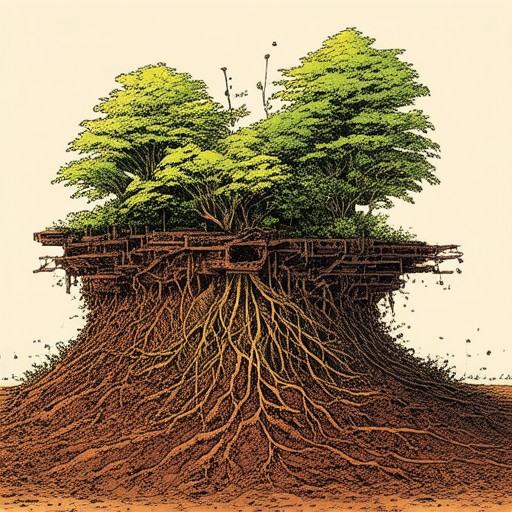

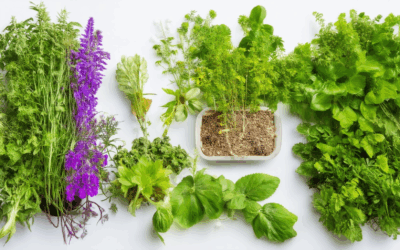
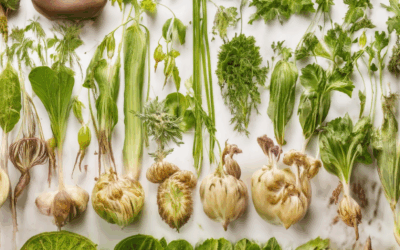
0 Comments